Psalter
Texts and Images
Medieval Psalters, comprising 150 Psalms, were often divided into ten sections for daily recitation, with historiated initials marking the main divisions at Psalms 1, 26, 38, 51, 52, 68, 80, 97, 101 and 109. Originally, the Macclesfield Psalter would have contained a complete set of initials — one for each 'division' Psalm — but due to a loss of folios, the historiated initials for Psalms 68, 80, and 101 are missing.
Various subjects were used to illustrate the opening initials of the Psalms marking these main divisions, although many illuminators throughout Western Europe adopted the standard imagery conceived c. 1200 in Paris, the leading centre of manuscript production. The vast majority of 14th-century English Psalters show the images familiar from the Parisian programme. By contrast, with one exception (the initial for Psalm 52, fol. 77r), the Macclesfield Psalter follows an English programme of Psalm illustration that is first found in early 13th-century Psalters associated with Winchester and Oxford. The pictorial cycle includes events from the life of King David (the purported author of the Psalms), Jonah’s encounter with a great fish, images relating to Christ’s Incarnation, and other aspects of biblical history and doctrine. Only three other extant 14th-century Psalters follow the English pictorial programme as consistently: the Gorleston Psalter (London, BL, Add MS 49622), the Ormsby Psalter (Oxford, Bodleian Library, MS Douce 366), and the Douai Psalter (Douai, Bibliothèque municipale, MS 313). All three manuscripts are closely related to the Macclesfield Psalter. Lesser text divisions are signalled by smaller ornamental initials with foliate motifs, ‘portrait’ busts, and, occasionally, geometric patterns, and small initials in burnished gold on coloured grounds.
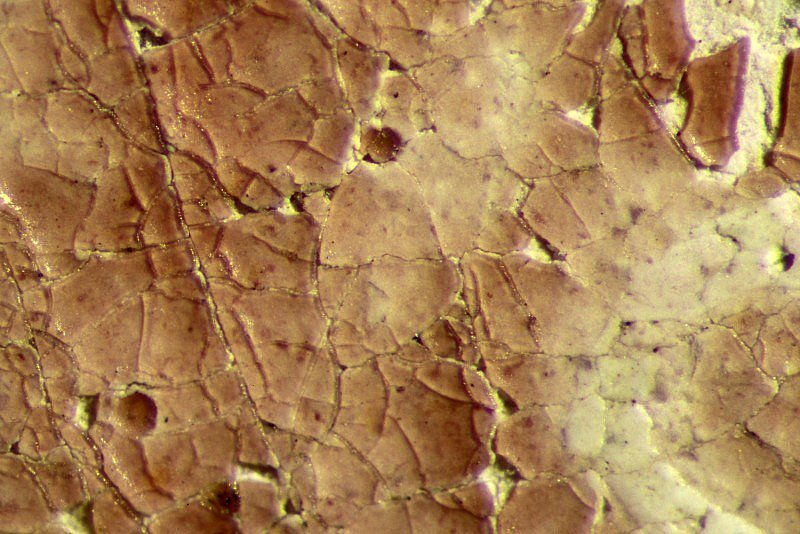
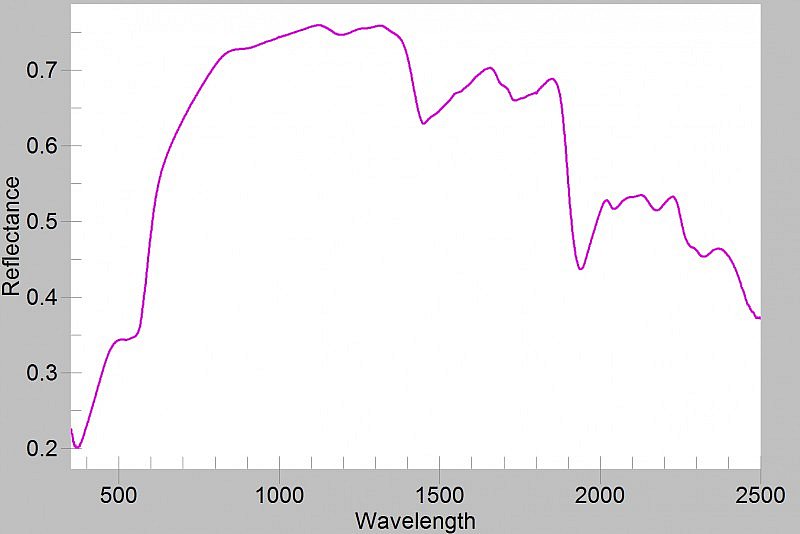
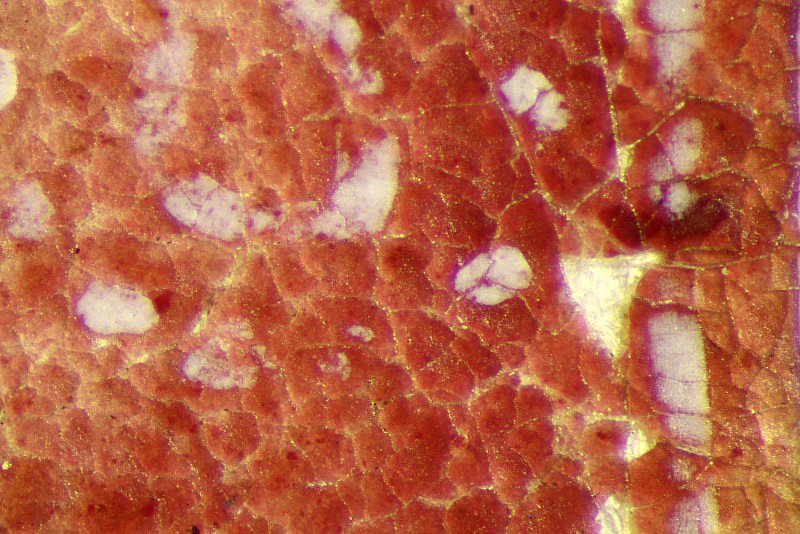
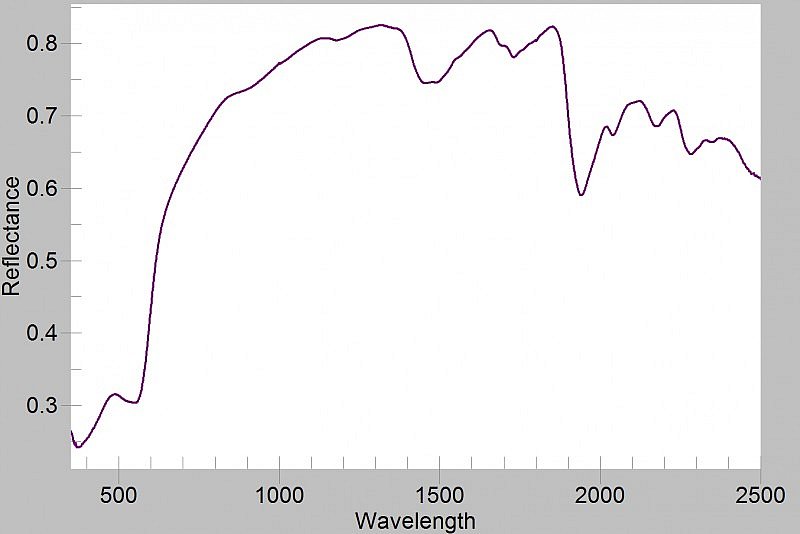
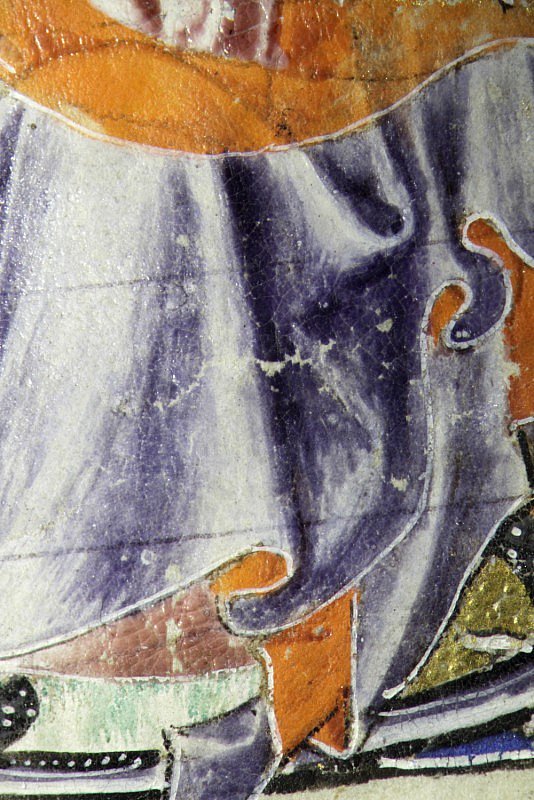
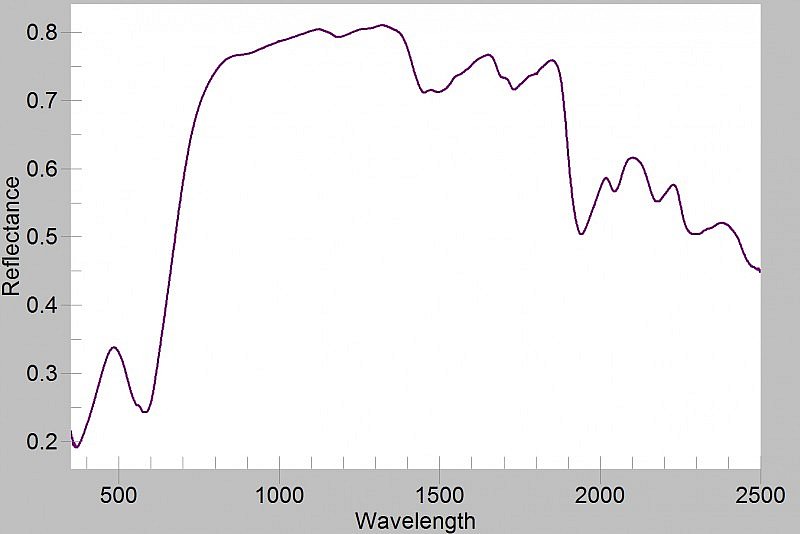
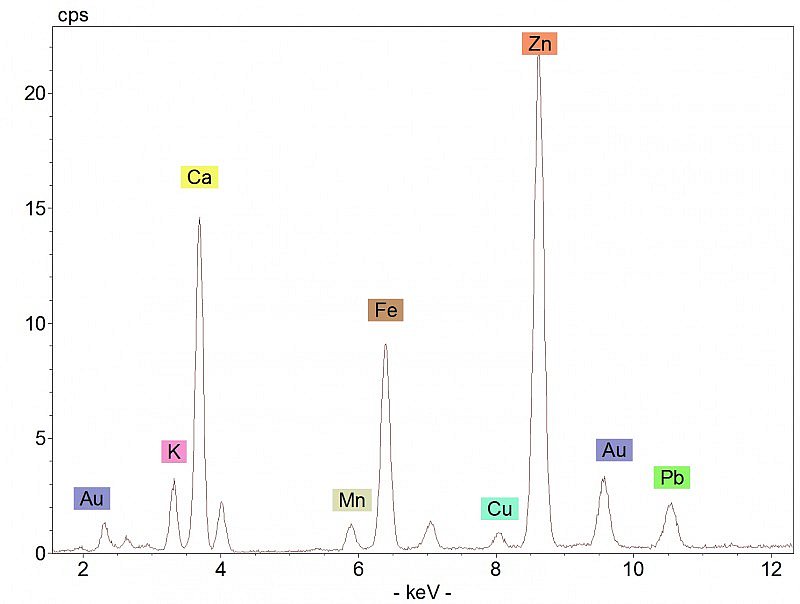
Historiated initial D: Anointing of King David (Psalm 26)
The initial for Psalm 26, showing the Anointing of David, is the main contribution of the Anointing Master, named after this image. The depiction of David, chosen by God to reign as king of Israel and Judah, was ultimately inspired by the biblical heading of the Psalm which states that the young David composed it before his anointing by the prophet Samuel. The initial extends into a full foliate border, incorporating heralds playing trumpets, hybrids, and busts within medallions. The gold, red and white colours of the herald’s banner, shown in the lower margin, match the heraldic and livery colours of the earls of Arundel who were probably associated with the patron of the manuscript.
This colourful page is characterised by a variety of purple, red, tan, light and dark pink hues obtained with different organic dyes, manufactured in different ways (hotspots 1-3). A red dye was also used for the shading on the orange mantle of the figure standing on David’s left side. The writing ink was also analysed on this page, and found to be a typical iron-gall ink which however contains an unusually high amount of zinc, suggesting the use of a specific recipe (hotspot 4).